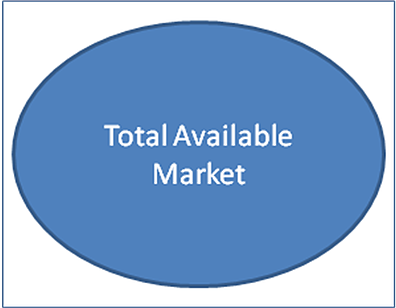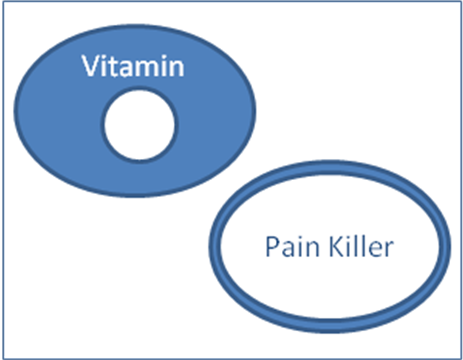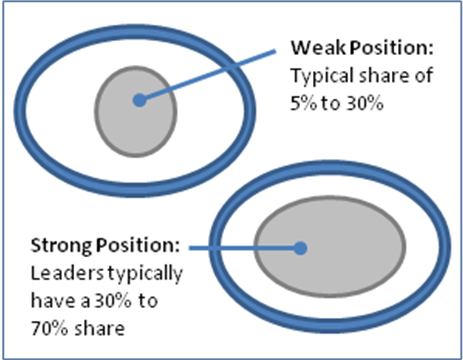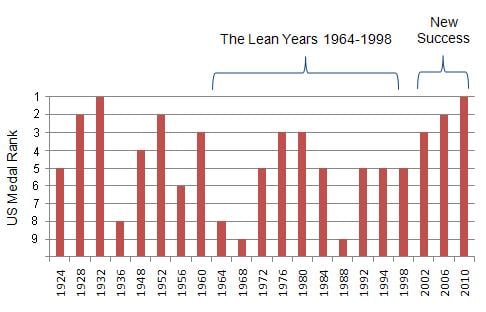Posted by Cris Miller on Thursday, September 23, 2010 @ 10:45PM
I field calls from GPs and CEOs all the time. Invariably they are doing a deal, whether investment or acquisition, and need either verification that the technology and/or markets targeted are real or a product exists and someone wishes to buy it in the future. Less often we get calls from Board of Directors. Those calls are less exact as to what the caller requires. A lot of it is because the Board member making the call carefully ensures that they have not lost confidence in the CEO (even if that is not the case) and are fulfilling independent diligence on the company itself, the markets or an acquisition opportunity.
A while ago we had a call for help from the Board of Directors of a growth stage technology company. After discussion, it was evident there was agreement that the firm needed to conduct both technology and market due diligence for their company. Initially the request was for a technology review to determine the viability of commercializing the core platform technology upon which two successful products had been built.
The CEO was a technology wizard while the Board was comprised of non-technologists and retired business people. After Semaphore’s chief technologist had reviewed the platform product’s architecture, patent and documentation, we had a review session with the CEO. The discussion immediately dropped into techno-jargon only the brightest geeks could comprehend and appreciate. The conclusion was that the product was adequate for internal use but was deficient in form and substance for outside consumption.
The CEO reviewed the findings with the Board who had market/business questions about the size of the market for such a product, the competition for such a product and the value of the product. Our market research/strategy group took the baton and came back with some interesting results that were presented directly to the Board. It was intuitively obvious to the casual observer that:
- The product in its current condition was a non-starter
- The market for the product if it were “cleaned up” would have 5 world class competitors and 10 mid-market competitors
- The product in its new state would be woefully deficient in features, so much so that its value would be difficult to sell at any price
- The effort should be scuttled
The lesson learned here was in order to get the correct answers, the Board needed to be educated to the best of its understanding. To accomplish that education, independent technical and market due diligence was necessary. The readily available technical answer alone was not sufficient since the product could have been improved. It took the market diligence, in concert with an agreed technology product plan, to make the business case not to proceed with the questioned direction.
Crispin Miller is the head of the Diligence Practice at Sema4 Inc., dba Semaphore (www.sema4usa.com), a leading global professional services provider of Technology and Marketing diligence, and Private Equity funds-under-management services. Semaphore currently holds fiduciary obligations as General Partner for seven Private Equity and Venture Capital funds, a New Markets Tax Credit lender and advises General and Limited Partners as well as corporations around the world. Semaphore’s corporate offices are in Boston with principal offices in New York and London.









